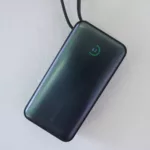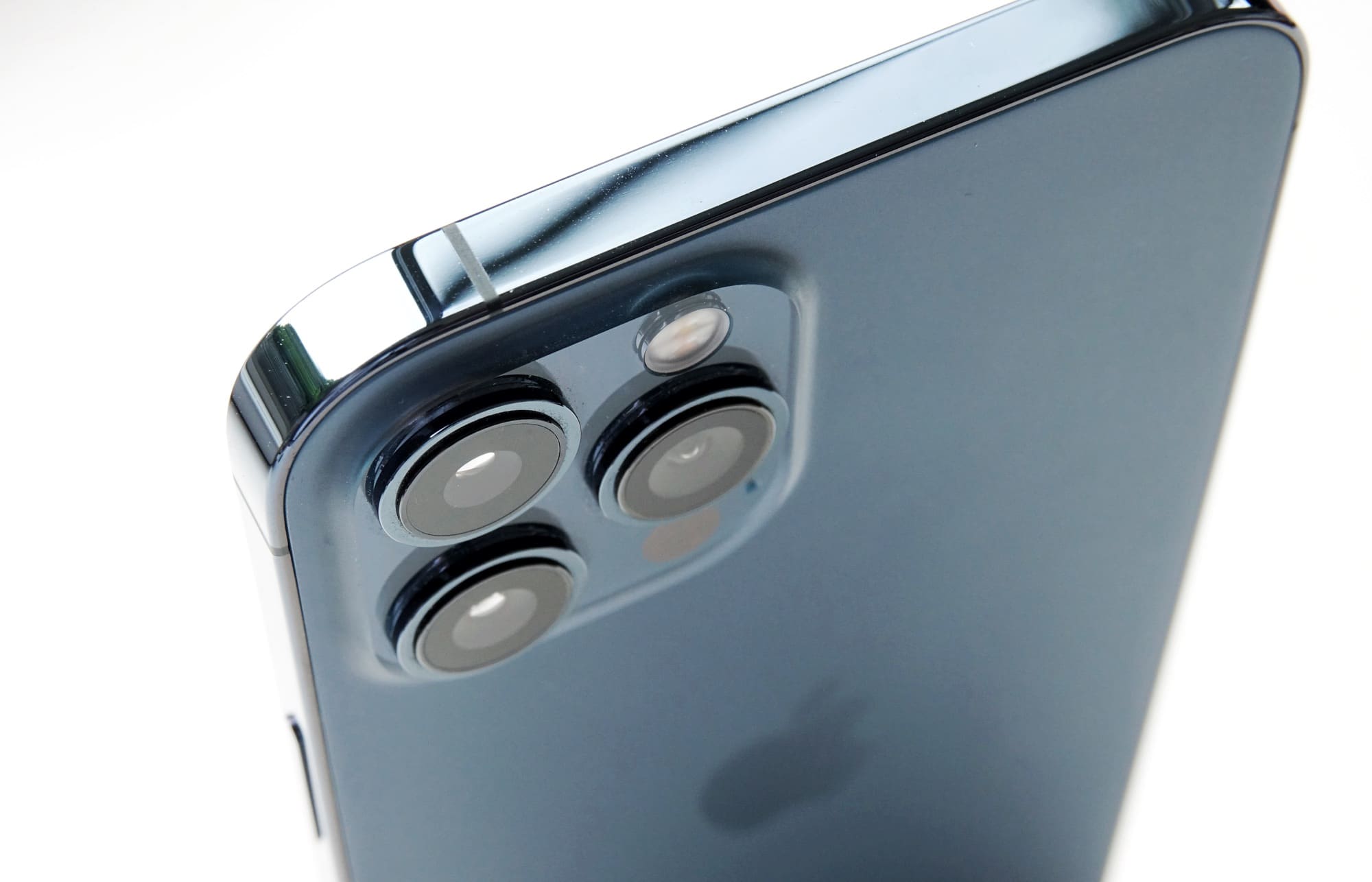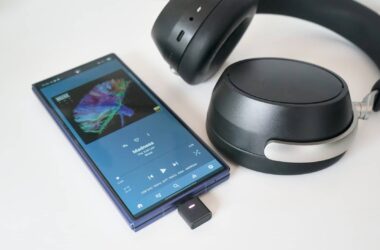Quick review
The good
The not-so-good
The compact Anker Nano Power Bank has more going for it than your stock standard basic power bank, thanks in part to things you won’t expect.
If there’s one thing that nearly every peripheral maker makes, it’s the power bank. There’s little reason as to why: we all rely on phones on the day to day, but phone battery life varies wildly, and a power bank can seriously help with that. In mere seconds, you can bring a portable power source with you, almost like magic.
You can find power banks everywhere for this reason. In electronics stores, general supermarkets, convenience stores, and even vending machines. They’re everywhere and generally quite the same, except for maybe the options designed to be magnetic and MagSafe, models designed to charge an Apple Watch, or the even bigger models built to charge a laptop.
And outside of those distinctly different models, they all follow a similar design: a relatively flat brick of 5000 or 10000mAh with a USB port or two on the side, and a couple of dots of LEDs to let you know the power amount. That’s the norm. It’s what we’ve come to expect.
Anker’s Nano Power Bank is a little bit different, offering some convenience in a product that is made to be that little bit convenience already.
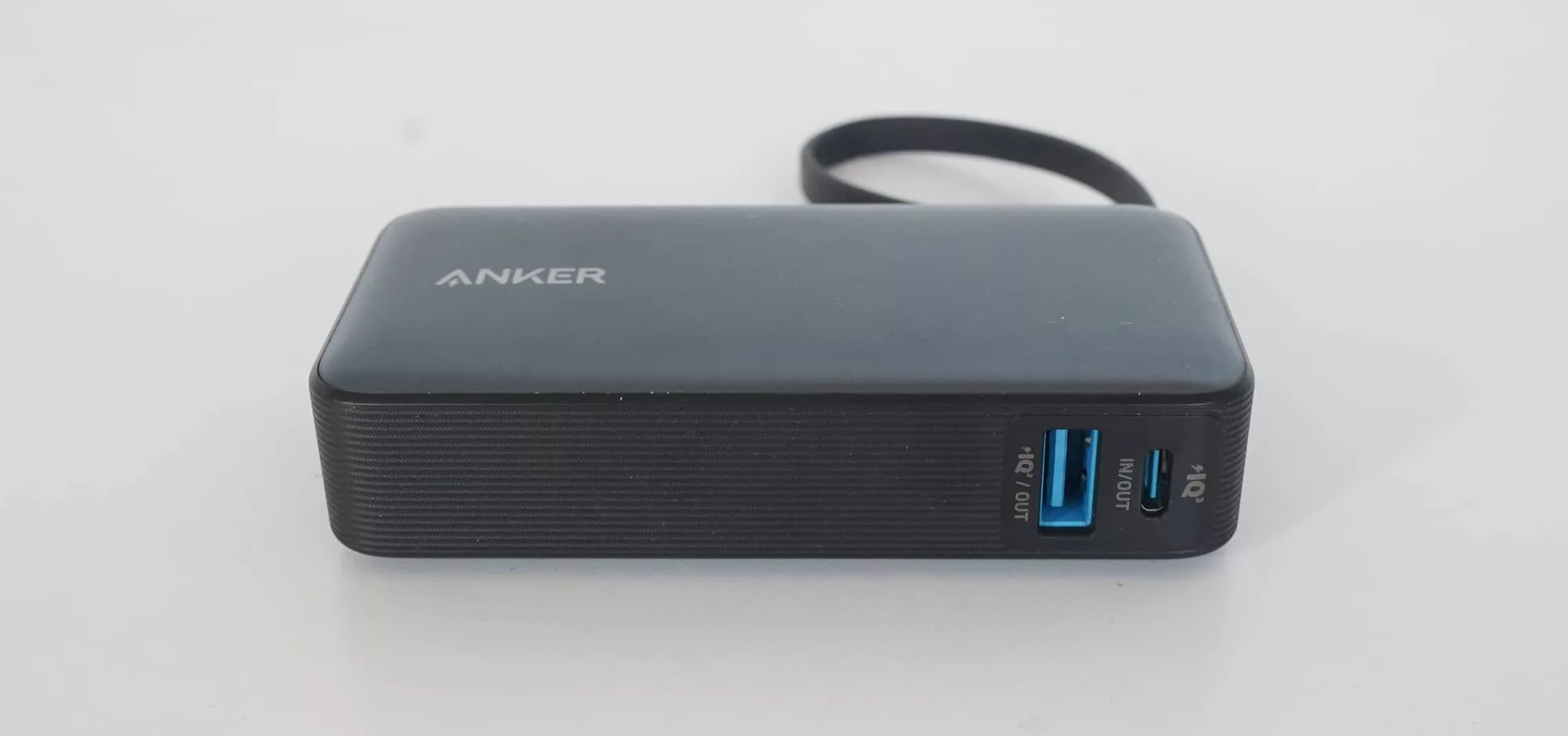
What is it?
The name will give it away, but the Anker Nano Power Bank is a small power bank from Anker, a company that has been entering all sorts of devices in Australia. You can find them in audio via the Soundcore brand, which has already found its way onto our best in tech “Best Picks” list last year, and they also do projectors, as well.
In the Nano Power Bank, you’re looking at a compact power bank in all the obvious ways. The 30W 10,000mAh model we’re reviewing looks like the standard typical power brick we’ve come to expect, except for a few differences.
For starters, it includes a USB Type C cable that you can’t remove, fashioned into a loop at the top that you might decide to fit with a carabiner clip in your pack. That USB-C cable holds nicely in the design, but it can be pulled out and plugged into any device with a USB-C port, handy since that has become the international standard thanks in part to a decision by the EU.
You can also use one of two other ports on the Nano Power Bank, with both an extra Type C port and a standard rectangular Type A, both of which are handy because you can charge more than one device on the Power Bank at once.

What does it do?
As expected, the Nano Power Bank charges one to three devices with ease, supporting up to 30W out, which means it also can handle a recent iPad. Models like the iPad Pro charge at 30W, and some laptops might even be able to take the limited 30W connection, such as the MacBook Air, with its charger also a 30W model.
That’s handy, and means there’s slightly more power usage than simply “just a phone”, which already
What makes Anker’s Nano so intriguing is the design, which includes a built-in USB Type C cable fashioned into a bit of a loop on the corner. You can’t lose the cable because it can’t be removed, but it can still be plugged into just about any USB Type C device, iPhone 15 included, and you can also use that plug to charge the power bank. Handy.
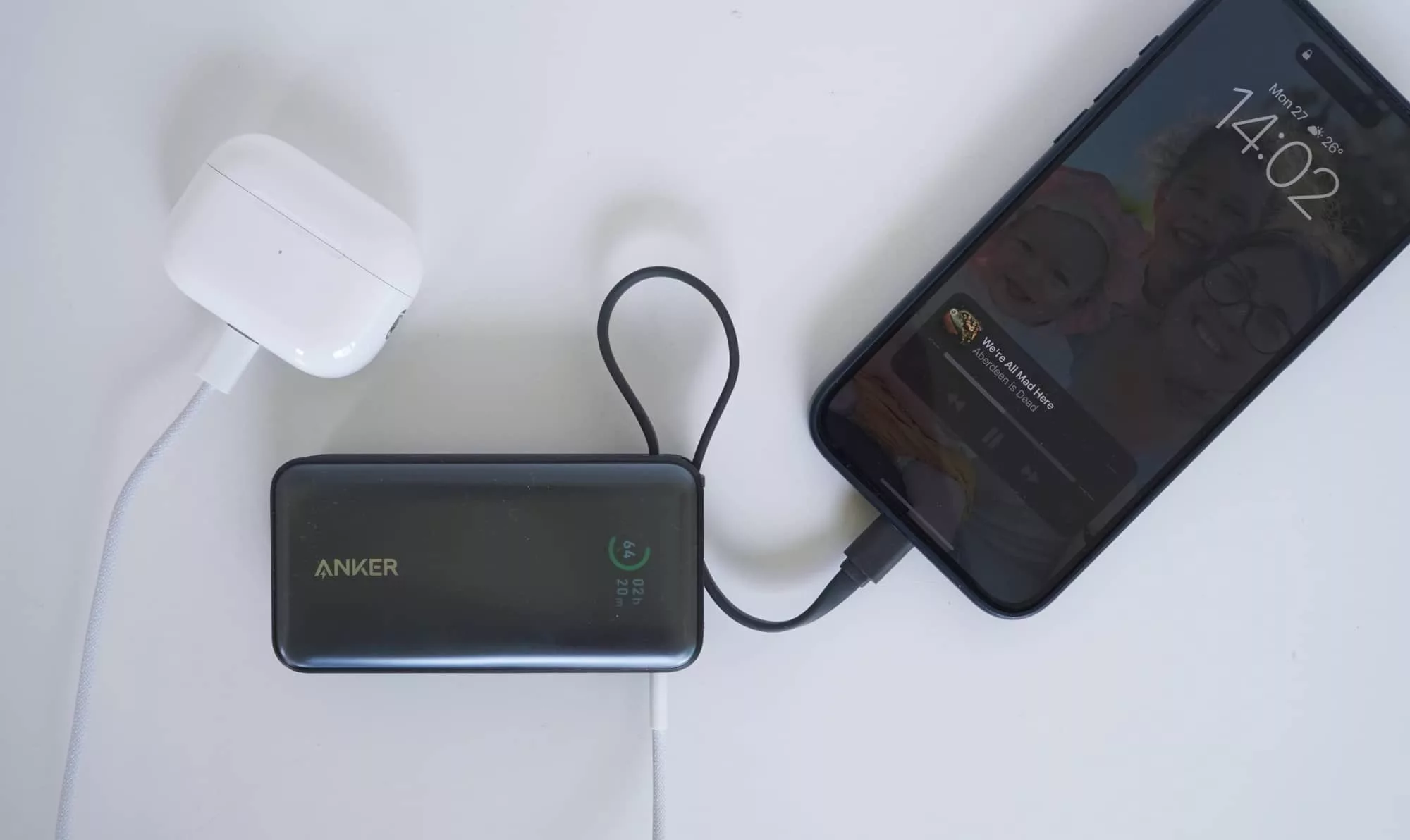
Does it do the job?
That little plug is partly what makes Anker’s compact power bank so useful, because it’s ready to be used out of the box every time. Unless you’re using a phone with a specific port type — such as a Lightning port on the older iPhones — you don’t need a separate adaptor.
In short, if you have pretty much any phone, pair of headphones, earphones, speaker, tablet, or camera released in 2023 onwards, you can use the Anker Nano Power Bank immediately. And for phones sporting fast charging, the 30W capability means you’ll also get a fast charging bank, at that. It’s properly convenient.
The Anker Nano Power Bank also comes with a little screen and a power meter, which will give you a guide to how much time you have left based on the device or devices you’ve plugged in. That’s handy simply because it’s one step more useful than three or four blinking dots, and it also tells you how long until the power bank has finished charging when it is plugged in.
What does it need?
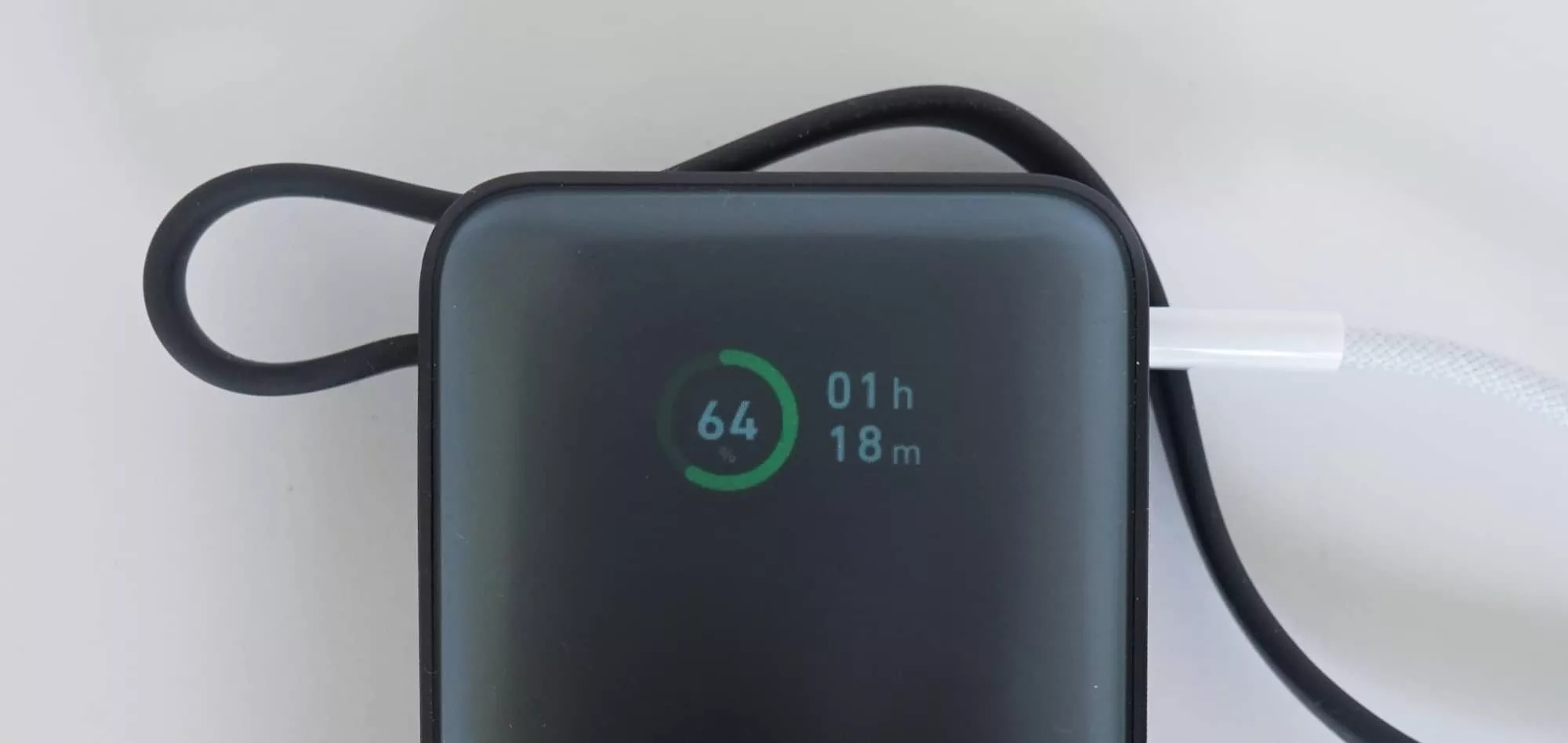
About the only thing Anker’s compact power bank needs is a brighter screen. Even seeing the screen indoors in daylight is a bit of a problem, and outdoors you’d struggle to see what is basicallya low contrast display.
In the darkness of a bag or backpack, it might clear up, but the extra use of the screen is less of a useful thing simply because it’s not easy to see.
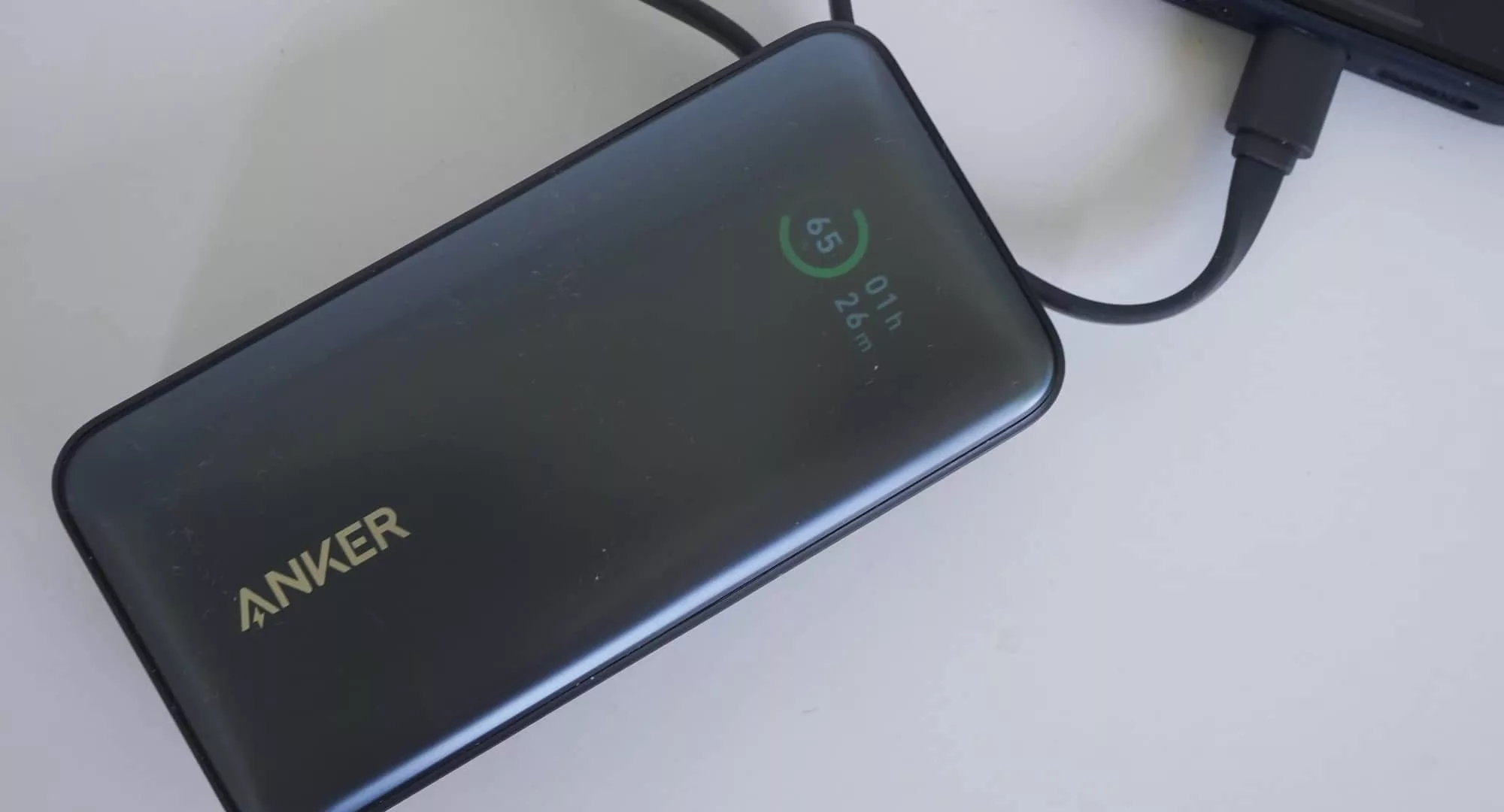
Is it worth your money?
Priced at $99.95 in Australia, it’s also not a bad price, either. Competitors offering a 10K mAh power bank without the included plug typically go for around the $60 mark, so you’re clearly paying a little more for what Anker is offering, but it’s not that much more that it’s a worry.
You’re basically getting something that is compact, good to go, and about as convenient as a power pack gets.

Yay or nay?
For those reasons, the Anker Nano Power Bank is an easy win.
It’s almost a perfect power bank. It’s perfectly suited to stay in our bag, and probably yours, too. Recommended.
